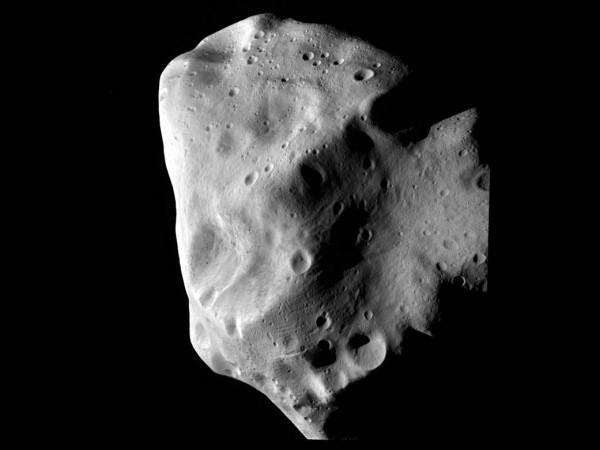
The NASA has lately warned about a potentially dangerous, peanut-shaped asteroid which may slam Earth one day.
Also Read: Violent beginnings of a supernova spotted by researchers for the first time!
Dubbed as 2015 BN509, the asteroid is 200 meters (660ft) wide and 400 meters (1,310ft) long.
The space rock was found to pass by Earth at a distance of 70,500km (44,000mph) last week. The closest proximity between the Earth and the asteroid was equal to 14 times the distance between the Moon and Earth.
The Arecibo Observatory, a giant radio telescope detected the asteroid passing by in Earth in close proximity.
"The peanut shape comes from the fact that it is a contact binary where the two parts [of asteroids] could not successfully orbit each other and fell back together," said Dr Edgard Rivera-Valentín, a planetary scientist with the Universities Space Research Association who studies data from The Arecibo Observatory in Puerto Rico, the Business Insider qoted.
As per Dr Rivera-Valentín, one out of six asteroids can be defined as contact binary objects, which refer to Solar System's bodies that comprise two objects that tend to move towards each other due to gravity.
Dr Rivera-Valentín analyses asteroids such as 2015 BN509 and can reveal about an object's possibility of hitting the Earth.

"Arecibo radio telescope goes beyond acting as a fortune teller, we can characterise these objects. We can study their size, shape, spin state, composition, and near-surface geology," he explained.
"An asteroid impact, unlike other natural catastrophes, can actually be avoided. The data from Arecibo can be used by NASA to inform a planetary defence mission," he explained further.
NASA has launched a NEOWISE mission way back in 2009, which is an asteroid-hunting mission. NEO" stands for Near-Earth Object and WISE stands for "Wide-field Infrared Survey Explorer", which aims at safeguarding the Earth from the dangers of NEOs. The mission had even spotted two celestial bodies.
Around 90 per cent of NEOs have been detected by NASA that are longer than a kilometre. Around 1,500 NEOs are spotted annually. In order to spot more NEOs, the US has planned to devise NEOCam-- an infra-red space telescope.
"The NEOCam project is working to identify activities that could be done this year that would reduce the technical, schedule, and cost risk of a future mission," said David Schurr, deputy director of NASA's planetary science programme, Mail Online reported.

















